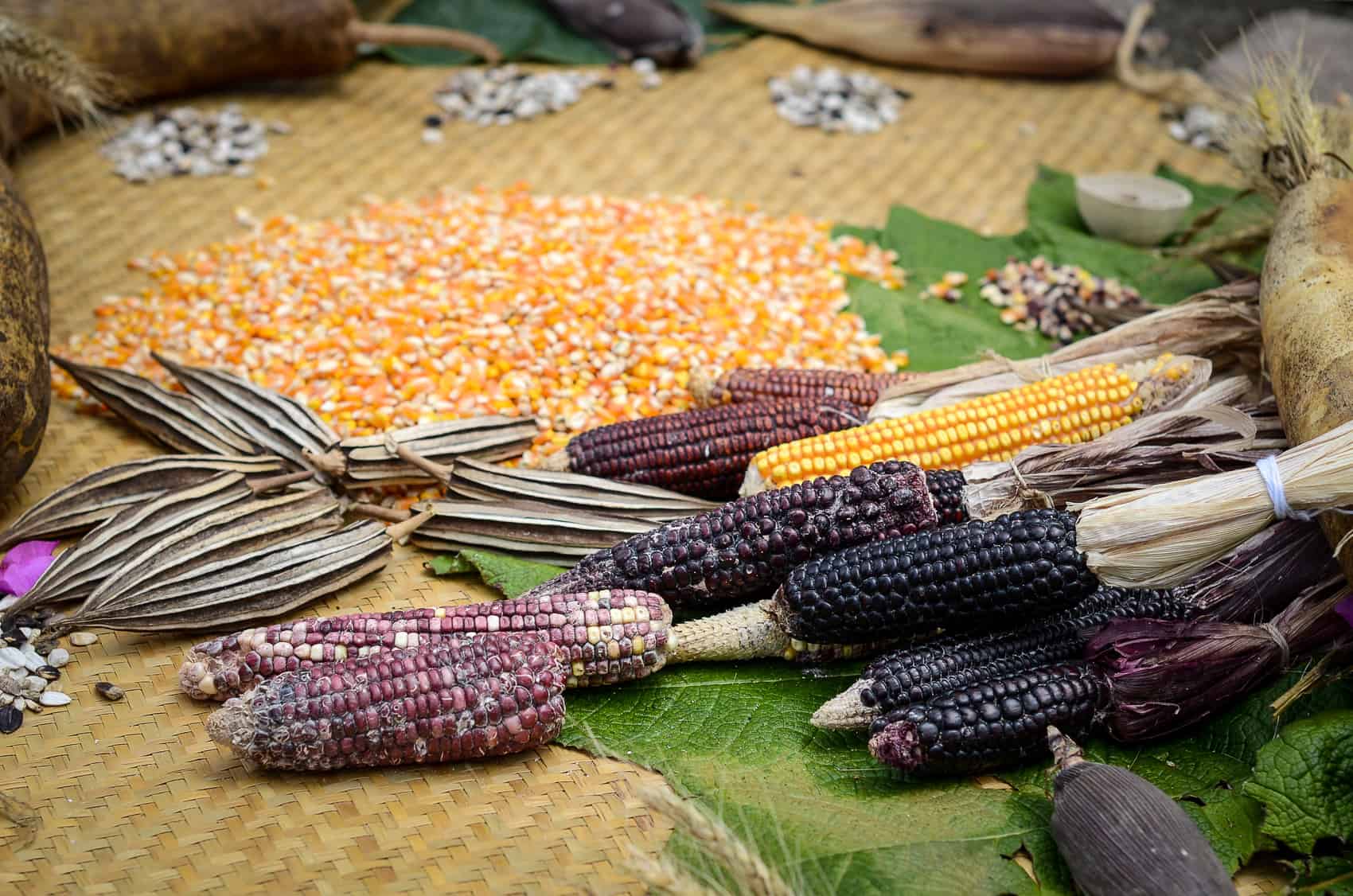Corn, maíz in Spanish, is deeply rooted in the culture of Costa Rica and Latin America. Indigenous people were the first to begin cultivating small, grass-like varieties of corn at the dawn of their civilization. By the time Columbus arrived in the New World, corn had been selectively developed into the most important food staple throughout the continent. Today in Costa Rica, corn still plays an important role in culture and diet.
April and May are traditionally the best months to plant corn. Gardeners can take advantage of this time to plant seeds in small patches for home production.
Corn can be grown in almost any soil, though it requires extra fertility for good production. Compost made from aged manure and organic matter is the best natural fertilizer for good results.
In a traditional corn patch, or milpa, corn is planted three seeds to a hill, with about one meter between hills. In this type of planting, other garden vegetables, such as squash, cucumbers, pole beans and taro, can be grown along with the corn.
Each hill should start as a 15- to 30-centimeter-deep hole filled with compost. Plant the seeds and cover them with a five-centimeter layer of soil. Corn is a shallow-rooted plant but has various aerial roots around the base of each plant, which it uses for support. Cultivating to mound the soil around each plant ensures it will not fall over in stormy weather. Compost tea will help increase production.
Apply this liquid fertilizer to the base of the plants when the corn sends out its tassels for pollination. This helps to ensure the ears of corn develop well at harvest.
Young corn plants should be protected from stripped cucumber beetles with a plant protector spray made from one cup of molasses, one cup of 3 percent hydrogen peroxide and 14 cups of water. Corn-boring larvae of certain moths can be effectively controlled with Dipel (Bacillus thuringiensis), which is sold in most agricultural supply stores.
Ticos use the young white or yellow field corn as sweet corn, which they call elote. Though it’s not as sweet as northern sweet corn, there is an advantage: The surplus ears of corn can be dried for making tortillas and corn bread or to feed the chickens.
If you plant corn now, you’ll be dining on corn on the cob around July. Good luck with your milpa!







